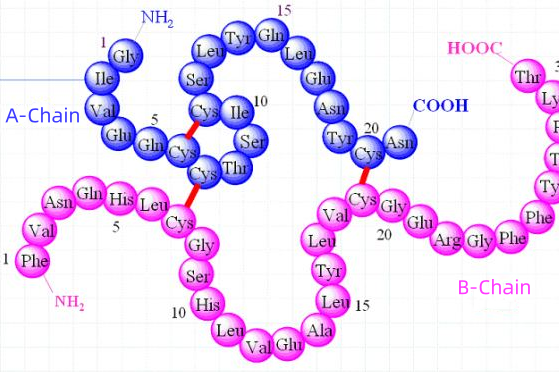Protein Primary Structure Characterization Service
The primary structure of proteins is fundamental to the biological function of proteins, and determining the primary structure aids in studying the function of proteins. MtoZ Biolabs provides protein primary structure detection service based on mass spectrometry.
1. The Structure of Proteins
The structure of proteins is the three-dimensional arrangement of atoms within amino acid. In order to perform biological functions, proteins fold into one or more specific spatial conformations. There are four different levels of protein structure: primary structure, which refers to the sequence of amino acids in the protein polypeptide chain, including the positions of disulfide bonds; secondary structure, which refers to highly regular local substructures on the polypeptide backbone, such as α-helices and β-sheets; tertiary structure, which refers to the three-dimensional structure formed by the spatial arrangement of multiple secondary structures; quaternary structure, which refers to the three-dimensional structure formed by the aggregation of two or more polypeptide chains (subunits), which function as a functional unit.
2. The Determination of Protein Primary Structure
The determination of the protein primary structure primarily includes determining the number of polypeptide chains, the types, numbers, and arrangement of amino acids in each polypeptide chain, and the position and number of disulfide bonds within or between polypeptide chains. When determining the primary structure of proteins, the purity of the protein must be above 97%, and the molecular weight of the protein must be determined first. The steps in detecting the primary structure of protein based on mass spectrometry mainly include the separation and degradation of polypeptide chains, the separation and sequence analysis of peptides, and the positioning of disulfide bonds.

Figure 1. Determination of Protein Primary Structure
MtoZ Biolabs, an integrated chromatography and mass spectrometry (MS) services provider.
Related Services
Primary Structure Analysis Service
How to order?







